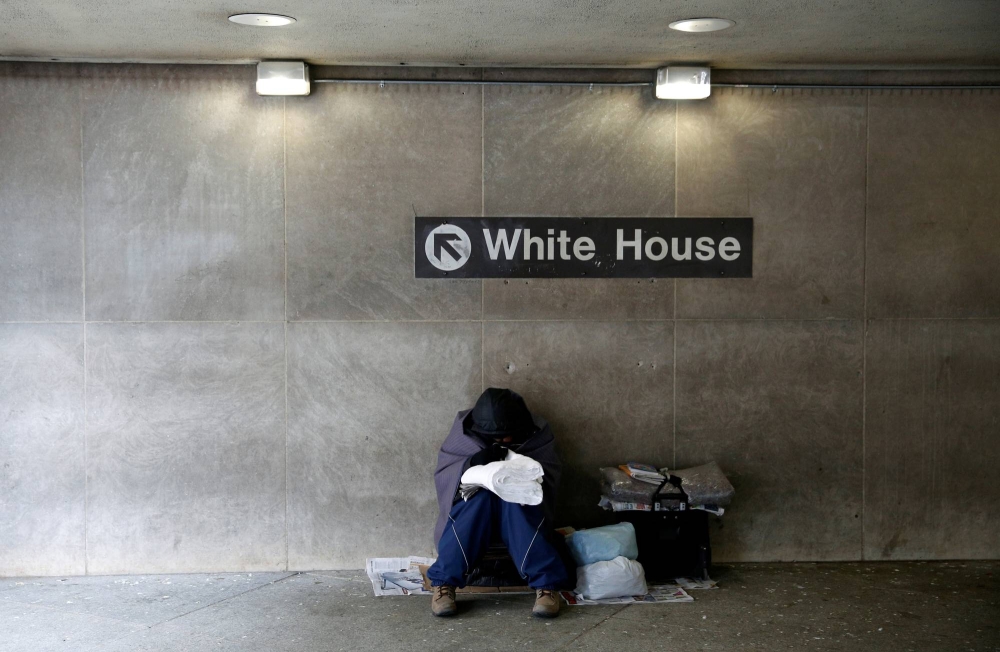The American economy has experienced two terrible economic crises in the past decade and a half. The first was the 2008-09 financial crisis, which ushered in the first deep recession in a quarter-century. Unemployment hit 10% — far above forecasts by U.S. President Barack Obama’s economists — and the ensuing recovery was painfully slow.
In response, the U.S. Federal Reserve lowered its target interest rate to zero and later deployed quantitative easing and other unconventional measures. Obama’s $787-billion American Recovery and Reinvestment Act of 2009 was soon followed by other stimulus measures, but these proved ineffective and largely benefited special interests. While the costly Cash for Clunkers program to replace older polluting cars did briefly speed up new car purchases, sales soon collapsed, resulting in only a trivial emissions reductions.
Meanwhile, then-Vice President Joe Biden was put in charge of a laudably transparent attempt to “create or save” 3.7 million jobs, and major embarrassments ensued. Two Los Angeles city departments hired just 55 workers after receiving $111 million in federal stimulus funds. The solar energy startup Solyndra received a $535 million loan from the government and soon went bankrupt. A high-speed rail project in California received a $3 billion grant but did not break ground until 2015. “The government is a crappy venture capitalist,” noted Lawrence Summers, Obama’s top economic adviser at the time.

